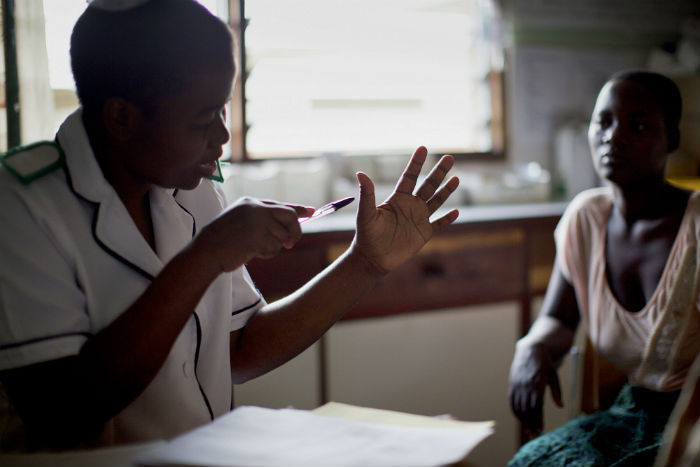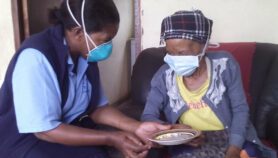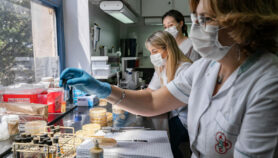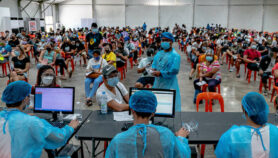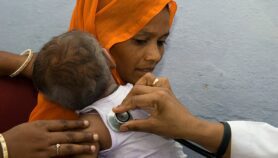By: Imogen Mathers
Send to a friend
The details you provide on this page will not be used to send unsolicited email, and will not be sold to a 3rd party. See privacy policy.
If you are unable to listen to this audio, please update your browser or click here to download.
When the media reports on the fight against tuberculosis, it’s usually the scientific innovations that get coverage — the hunt for more effective vaccines, drugs and diagnostic tools.
But an issue that deserves attention is the creative approaches to TB care adopted by those shouldering most of the burden: nurses. In countries where health systems are poorly funded and understaffed — 95 per cent of TB deaths are in low- and middle-income countries — nurses play a vital role, often acting as the primary care givers for patients who might rarely, if ever, see a doctor.
In this interview for World TB Day, we speak to Gini Williams, a TB nurse consultant and pioneer of nurse training programmes. “It’s no good having new diagnostics and treatments if you don’t have access to them and [don’t] have people who know how to use them,” Williams says. ”Services and systems around supporting patients are very important.”
The “human nature” of TB — a debilitating disease that can take months or years to cure, and where the effectiveness of treatment hinges on an individual’s needs, responses and circumstances — demands treatments that take into account more than the purely medical, Williams says. Treatment requires a holistic approach factoring in people’s social, economic and environmental situations and psychological needs. Nurses are often best-placed to address these and to provide the patient support and education so vital to controlling TB.
Yet nurses rarely get rigorous TB training — rarer still training that focuses on the breadth of approaches needed to tackle the disease. Williams and her colleagues at the International Council of Nurses TB Project have therefore created training courses designed and run by nurses, for nurses. These have led to improvements in infection control, made diagnostic processes more robust, and have strengthened relationships between both labs and clinics, and nurses and patients.
Nurses have also been trained to research what techniques work where and how to improve systems, Williams says. This both helps strengthen TB response, and means that nurses can take the lead in shaping interventions to improve the lives and treatment outcomes of millions of people.
The interview was recorded yesterday at King’s College London, United Kingdom, at the opening of an exhibition of photographs by TB nurses in South Africa, organised by TB researcher Uta Grosse.


